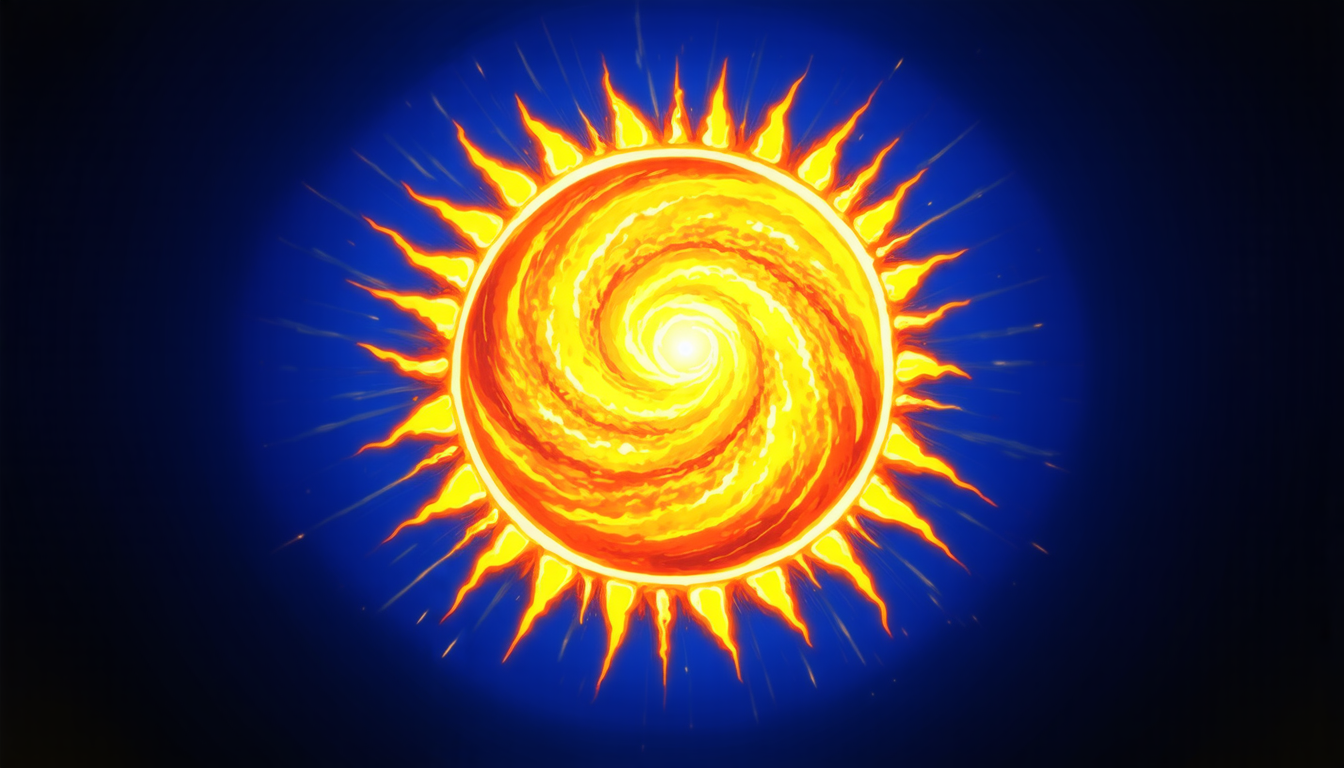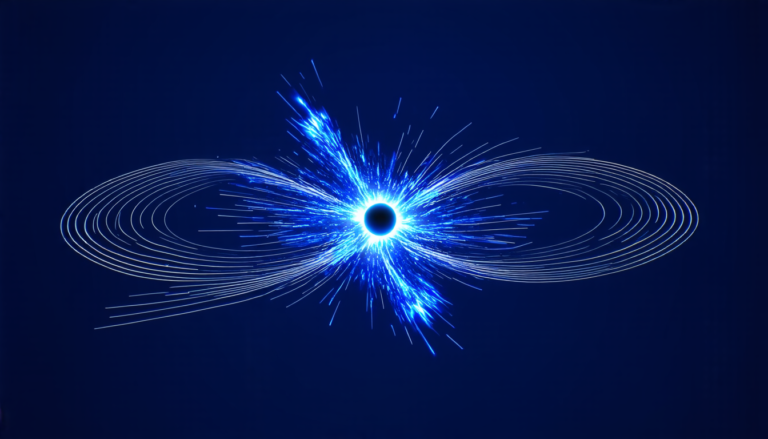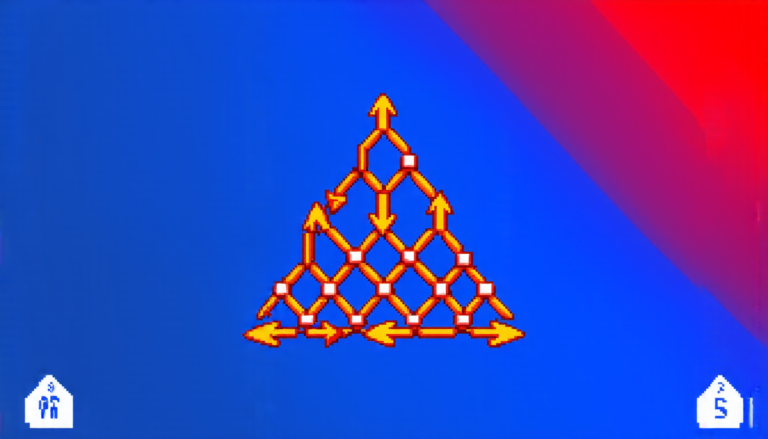Friday 04 April 2025
Scientists have made a significant discovery about a powerful solar storm that struck Earth in April 2023, causing widespread disruptions to our planet’s magnetic field. The event was notable for its intensity and unexpectedness, prompting researchers to investigate further.
The solar storm was triggered by a coronal mass ejection (CME), a massive burst of plasma and magnetic field energy released from the sun. As it hurtled through space, the CME interacted with Earth’s magnetic field, causing a geomagnetic storm that affected our planet’s upper atmosphere and electrical systems.
What made this event unusual was the CME’s speed and direction. Typically, CMEs associated with strong solar storms travel at speeds of around 400-800 km/s (250-500 miles per second). However, the April 2023 CME moved at an astonishing 1,200 km/s (750 miles per second), making it one of the fastest ever recorded.
Moreover, the CME’s magnetic field was found to be surprisingly aligned with Earth’s magnetic field. This unusual alignment allowed the CME’s energy to penetrate deeper into our planet’s atmosphere than usual, causing more intense disturbances in the upper atmosphere and magnetic field.
Researchers used a combination of spacecraft and ground-based observatories to track the CME as it approached Earth. The Solar Orbiter mission’s SoloHI instrument, which observes the sun from a unique vantage point between the Sun and Earth, provided crucial data on the CME’s speed and direction.
Once the CME struck our planet, scientists deployed a range of instruments to monitor its effects. These included satellites like NASA’s Van Allen Probes, which orbit near the Earth’s magnetic poles, as well as ground-based observatories that track changes in our planet’s upper atmosphere.
By analyzing these data sets, researchers were able to reconstruct the CME’s journey and interactions with Earth’s magnetic field. Their findings revealed a complex dance of energy and plasma, with the CME’s magnetic field playing a key role in shaping the storm’s dynamics.
The discovery has important implications for our understanding of solar storms and their impact on Earth. By better grasping how these events occur and evolve, scientists can improve predictions of when and where they will strike, allowing us to take steps to mitigate their effects on our planet’s magnetic field and electrical systems.
This research also highlights the importance of international cooperation in space weather monitoring.
Cite this article: “Unlocking the Secrets of Space Weather: A Study on the Magnetic Structure of a Severe Geomagnetic Storm”, The Science Archive, 2025.
Solar Storm, Coronal Mass Ejection, Geomagnetic Storm, Magnetic Field, Plasma, Earth’S Atmosphere, Space Weather Monitoring, Nasa, Solar Orbiter, Van Allen Probes







